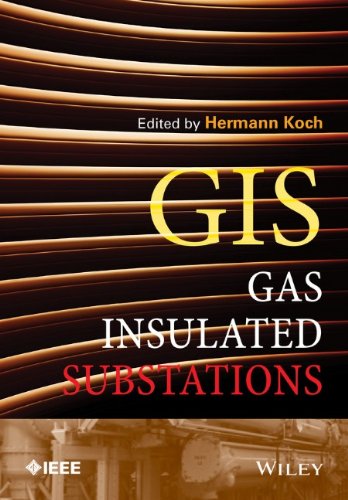

Most ebook files are in PDF format, so you can easily read them using various software such as Foxit Reader or directly on the Google Chrome browser.
Some ebook files are released by publishers in other formats such as .awz, .mobi, .epub, .fb2, etc. You may need to install specific software to read these formats on mobile/PC, such as Calibre.
Please read the tutorial at this link: https://ebookbell.com/faq
We offer FREE conversion to the popular formats you request; however, this may take some time. Therefore, right after payment, please email us, and we will try to provide the service as quickly as possible.
For some exceptional file formats or broken links (if any), please refrain from opening any disputes. Instead, email us first, and we will try to assist within a maximum of 6 hours.
EbookBell Team

4.8
64 reviewsComprehensive reference covering all aspects of gas insulated substations including basic principles, technology, use & application, design, specification, testing and ownership issues
This book provides an overview on the particular development steps of gas insulated high-voltage switchgear, and is based on the information given with the editor’s tutorial. The theory is kept low only as much as it is needed to understand gas insulated technology, with the main focus of the book being on delivering practical application knowledge. It discusses some introductory and advanced aspects in the meaning of applications.
The start of the book presents the theory of Gas Insulated Technology, and outlines reliability, design, safety, grounding and bonding, and factors for choosing GIS. The third chapter presents the technology, covering the following in detail: manufacturing, specification, instrument transformers, Gas Insulated Bus, and the assembly process. Next, the book goes into control and monitoring, which covers local control cabinet, bay controller, control schemes, and digital communication. Testing is explained in the middle of the book before installation and energization. Importantly, operation and maintenance is discussed. This chapter includes information on repair, extensions, retrofit or upgrade, and overloading. Finally applications are covered along with concepts of layout, typical layouts, mixed technology substations, and then other topics such as life cycle assessment, environmental impact, and project management.